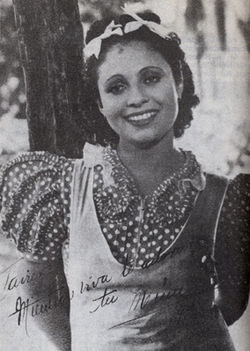The music of Cuba, including its instruments, performance, and dance, comprises a large set of unique traditions influenced mostly by west African and European music. Due to the syncretic nature of most of its genres, Cuban music is often considered one of the richest and most influential regional music in the world. For instance, the son cubano merges an adapted Spanish guitar (tres), melody, harmony, and lyrical traditions with Afro-Cuban percussion and rhythms. Almost nothing remains of the original native traditions, since the native population was exterminated in the 16th century.

Bola de Nieve, born Ignacio Jacinto Villa Fernández, was a Cuban singer-pianist and songwriter. His name originates from his round, black face.
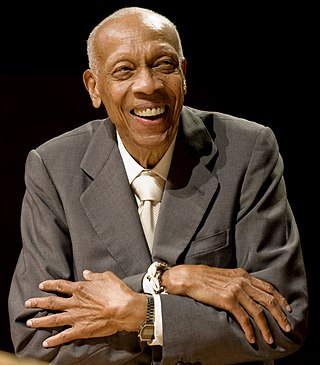
Dionisio Ramón Emilio Valdés Amaro, better known as Bebo Valdés, was a Cuban pianist, bandleader, composer and arranger. He was a central figure in the golden age of Cuban music, especially due to his big band arrangements and compositions of mambo, chachachá and batanga, a genre he created in 1952.
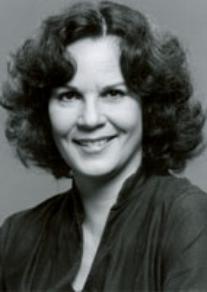
Ana Margarita Martínez-Casado is a well-known Cuban actress and singer.
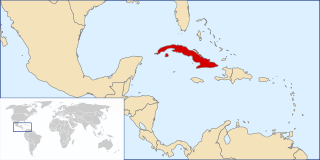
The following is an alphabetical list of topics related to Cuba.
Cecilia Valdés is both a novel by the Cuban writer Cirilo Villaverde (1812–1894), and a zarzuela based on the novel. It is a work of importance for its quality, and its revelation of the interaction of classes and races in Havana, Cuba.
Cuban musical theatre has its own distinctive style and history. From the 18th century to modern times, popular theatrical performances included music and often dance as well. Many composers and musicians had their careers launched in the theatres, and many compositions got their first airing on the stage. In addition to staging some European operas and operettas, Cuban composers gradually developed ideas which better suited their creole audience. Characters on stages began to include elements from Cuban life, and the music began to reflect a fusion between African and European contributions.
Rodrigo Prats was a Cuban composer, arranger, violinist, pianist and orchestral director.
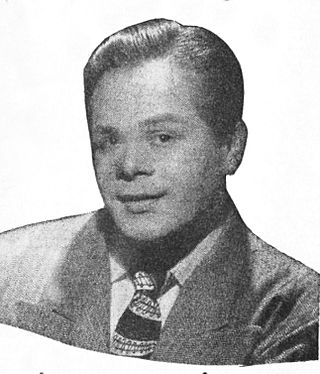
Miguelito Valdés, also known as Mr. Babalú, was a renowned Cuban singer. His performances were characterized by a strong voice and a particular sense of cubanismo.
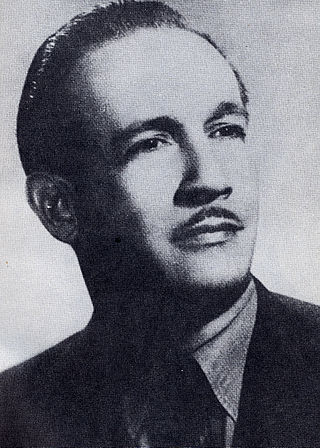
Eliseo Grenet Sánchez was a Cuban pianist and a leading composer/arranger of the day. He composed music for stage shows and films, and some famous Cuban dance music. Eliseo was one of three musical brothers, all composers, the others being Emilio and Ernesto (1908–1981). Emilio went on composing even after having a leg bitten off by a shark in 1930; Ernesto was a drummer who became leader of the Tropicana's orchestra.

Moisés Simons, was a leading Cuban composer, pianist, and orchestra leader. He was the composer of El Manisero which is considered by many to be the most famous piece of music created by a Cuban musician and has since been recorded by other musicians from around the world hundreds of times.

Esther Borja Lima was a Cuban operatic soprano and actress.

Emelia Pérez Castellanos, known professionally as Ninón Sevilla, was a Cuban-Mexican actress and dancer.
Afro is a genre of Cuban popular music with African themes which gained prominence during the afrocubanismo movement in the early 20th century. It originated in the late 19th century Cuban blackface theatre, where some elements from Afro-Cuban music traditions such as Santería and Palo were incorporated into a secular context. As a result, black themes were occasionally portrayed in a stereotypical and derogatory manner. Nonetheless, many afros accurately depicted the working-class life of black communities in Cuba.

Josefa Embil Echániz better known as Pepita Embil was a Spanish Basque soprano who starred in zarzuela and operetta productions throughout Spain and Latin America. Known as the "Queen of Zarzuela," she is especially remembered for her son, the internationally famous operatic tenor Plácido Domingo, whose early career she helped to nurture. Embil began her professional career singing as a soloist in choirs, including the Basque national choir, Eresoinka, which based itself in France during the Spanish Civil War. While still in her twenties, she appeared in the world premieres of several new zarzuelas. She collaborated with some of the most prominent Spanish composers of the 1940s, including Federico Moreno Torroba, Jacinto Guerrero, and Pablo Sorozábal. In late 1948, she moved to Mexico with her baritone husband, Plácido Domingo Ferrer. In Mexico they ran a successful zarzuela company of their own, which toured throughout the Americas. Over the course of her career, Embil made several recordings, primarily of zarzuela music.
Manolo Álvarez Mera(néManuel Ernesto Álvarez-Mera 7 November 1923 Havana, Cuba – 16 October 1986 New York City) was a Cuban-born tenor who flourished as a bel canto during the late 1940s and 1950s. Despite having an operatic caliber voice, he gained popularity singing in operettas, musical reviews, radio, television, vaudeville, and major night clubs in Cuba, New York, and Latin America. He became a Cuban exile in 1960 after the Cuban Revolution.
Gilberto S. Valdés was a Cuban music director and composer who specialised in the afro genre of Cuban popular music. Valdés was one of the first popular bandleaders to introduce African melody, rhythm and traditional themes into his music. His Afro-Cuban compositions first gained attention in 1935, when Rita Montaner, accompanied by the pianist Rafael Betancourt, presented his songs "Bembé", "Baró", "Tambó" y "Sangre africana" in the Teatro Principal de la Comedia.

Margot Rojas Mendoza was a Cuban pianist and teacher of Cuban-Mexican origin. She performed as a concert pianist in New York, Mexico and Cuba for several years before turning to teaching. Several of her pupils became distinguished musicians.

María Isabel Díaz Lago is a Cuban actress. A graduate of the Instituto Superior de Arte, her first film role was in Una novia para David. She became the first Cuban "Almodóvar girl", appearing in the 2006 film Volver. On the small screen, she is best known for her role as Soledad "Sole" Núñez Hurtado on Locked Up. She has resided in Spain since 1996.
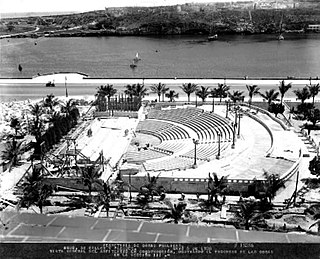
The Amphitheatre of Old Havana is an outdoor auditorium built by the Secretaría de Obras Públicas in 1936 on the Avenida del Puerto.


